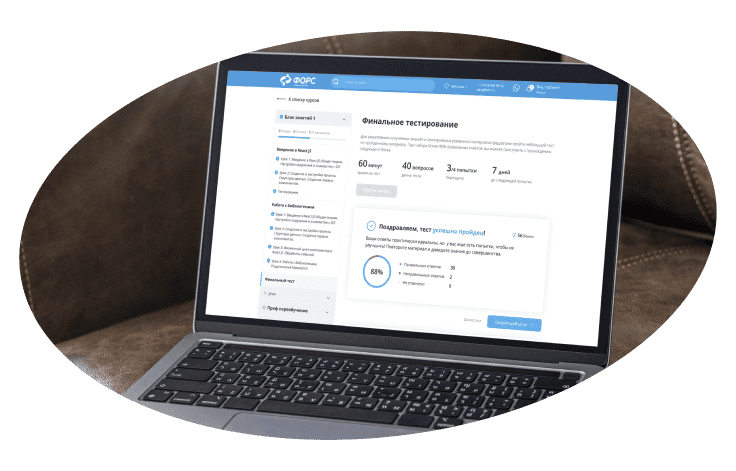Business Component Development with EJB Technology, Java EE 6
The Business Component Development with Enterprise JavaBeans Technology, Java EE6 course provides students with the knowledge required to build robust back-end functionality using Enterprise JavaBeans (EJB[TM]) version 3.1 technology. The course provides a practical exploration of the EJB technology coding experience of session beans and message driven-beans. The course also examines EJB design, best practices, transaction management, messaging fundamentals, and security.
The course features the Java Platform, Enterprise Edition 6 (Java EE 6) technology, and uses the Java EE 6 SDK. The students perform the course lab exercises using the NetBeans Integrated Development Environment (IDE). The hands-on lab environment uses the Java EE GlassFish v3 server.
Преимущества для Вас:
Java Developers who are looking to build web-based and/or enterprise-based applications that incorporate EJB technology
Java Developers who are preparing for the Sun Certified Enterprise JavaBeans Developer certification.








